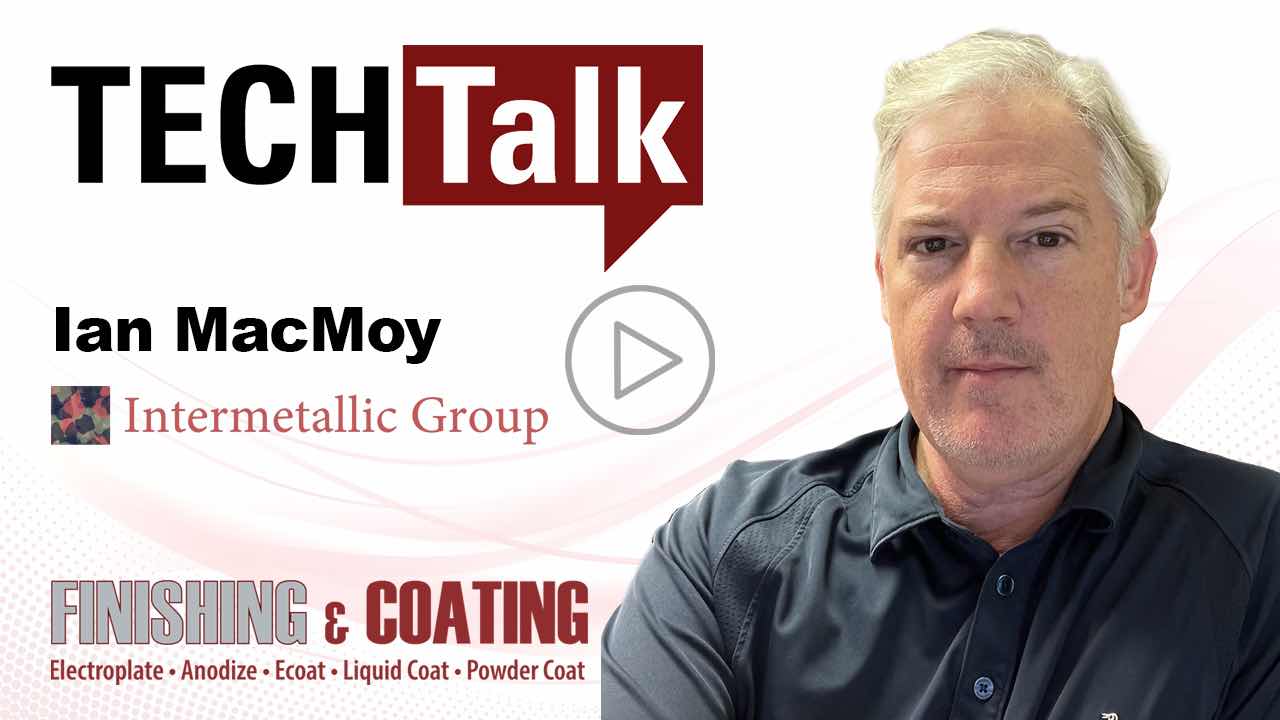Ian MacMoy is President and Chief Technology Officer for Intermetallic Group and chairman of the American Petroleum Institute’s 20P Coating and Plating Group.
In this edition of TechTalk, MacMoy discusses how his research company is designing and growing intermetallic layers on the surface of a metal substrate. He says they are especially taking a deeper look into hydrogen embrittlement.
“It has plagued us in many ways,” MacMoy says. “After doing root-cause analysis for the last 15 years, I found where the problems were, both in internal plating and environmental hydrogen embrittlement.”
The company was formed in 2021 to further develop its patented technical process called Surface Mechanical Alloy Retort Treatment, or SMART. MacMoy says the advantages are immeasurable, with literally thousands of combinations in semimetals, transition metals, and metals, are able to form surface alloys on a production level.
“By not effecting the substrate’s properties, we are able to enhance the tensile strength, fatigue, corrosion, wear, hardness, amorphous and nano-crystalline properties,” he says.
MacMoy says it is great for tension metals as well as shear, and the intermetallic layer does not allow hydrogen embrittlement, H2S, or SO4 to gain access to the grain structure. Springs, bolting, bridge tension rods, and hardware would all benefit, he says, but it is not just a mechanical fastener solution.
“It is a surface metal properties solution,” McCoy says. “We are creating and designing new intermetallic metal skin on the substrate.”




































